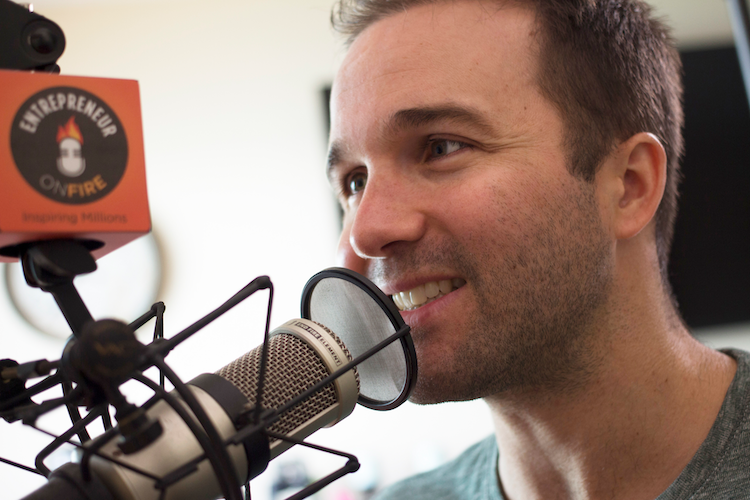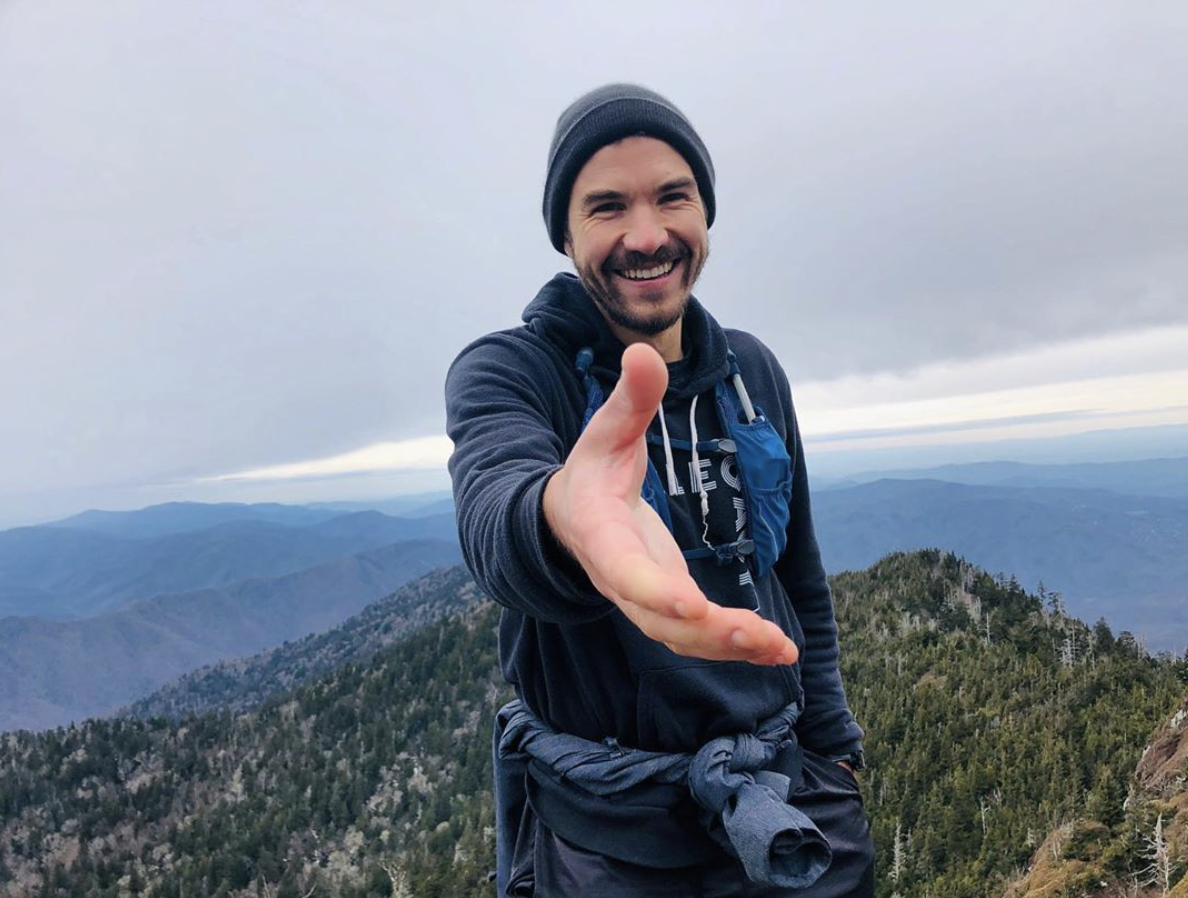
Articles
How To Organically Grow Your Podcast Following
August 26, 2020

With over 2,500 episodes and millions of listeners every month, John Lee Dumas, host of Entrepreneurs on Fire, knows how to grow a successful podcast from the ground up.
And recently, he shared with me how he put his podcast on autopilot. From growing his audience to booking great guests, and automating the processes, so it basically runs itself.
So, whether you're launching a podcast for your business or your personal brand, snag John's tips to create super valuable content from the get-go.
(Plus, if you're looking for an awesome entrepreneurship podcast, I highly recommend checking out Entrepreneurs on Fire.)
Start by putting in the reps
First thing first, how do you grow your audience from 0 to a million?
As John points out, you don’t excel at anything by just putting in a few hours a month:
“Like most people when they start their podcast, they’re doing it once a week. So how is anybody ever going to get good at doing something four times a month? Can you show me any professional athlete or Olympic athlete that only practices four days per month? They don’t exist. I knew that I had a long way to go, so I had to put in the reps. It was not 4 reps per month. It was 30 reps per month, 365 reps per year.”
That doesn’t mean that you have to record a podcast episode every day of the year to grow your audience. But you will need a consistent process to find your voice, work on your technique, secure guests, and build a dedicated following.
Put in as much time as you possibly can in the beginning. Once the learning curve flattens and you've grown your audience, you can automate the process to save yourself some time.
In the meantime, make a checklist
As a former officer in the U.S. Army, John knows from experience just how important processes are.
But nailing down your process takes time. And you don’t have to wait until every detail is perfect to start documenting it. (Spoiler: You’d be waiting forever.)
Get things moving by creating a checklist that you can work from! This will speed up how you do what you do and help you figure out your process along the way.
Here’s an example of a general pre-production checklist for your podcast:
- Make a schedule
- Set up your equipment
- Pick a niche for your podcast
- Who is your target audience, and how do you reach them?
- Brainstorm interview topics and your ideal guests
- Promote your podcast on your blog, social media, and across your professional networks
- Update and refresh the process as needed
Use an after-action report
Taking stock of what went wrong, and how you can improve is a critical part of building your podcast.
When working on his process for Entrepreneurs on Fire, John started small. He took it one step at a time and kept going even though the early episodes weren’t necessarily as good as he would have liked.
That’s where the after-action report (AAR) comes in. Think of it as a bookend to your standard operating procedures. After recording each episode, you compare your AAR against that checklist to figure out how you can make the next episode better.
Here’s an example of some questions to ask during your after-action report:
- What went right?
- What went wrong?
- How can I tweak my process to make my next episode better?
Here at Trainual, this is a system that I've used myself. I started by blocking a few hours every Friday to do a retro of the previous week.
To grow your audience, you have to consistently deliver valuable content. It doesn't matter if that content is your podcast, your blog, or your YouTube channels.
But that doesn’t mean you have to churn out content daily. John actually accomplished his goal of recording a podcast a day by dedicating one day of the week to recording a bunch of episodes.
The trick is to find a rhythm that works for you and your schedule. Then, to actually stick with it - especially in the beginning when you’re still locking in your process.
Leverage your guests’ production schedules
John managed to get some pretty big names to appear on his podcast from the beginning. (Seth Godin, Gary Vee, and Tim Ferris - just to name a few.)
That’s because while he didn’t necessarily have the most experience, he saw the need for more content on entrepreneurship and filled it.
Even famous entrepreneurs at the top of their game need to promote their own products and services.
So, John realized that tying his interviews with his guests’ promotional needs created a win-win situation. One that helped the podcast take off, even before he felt 100% confident in his interviewing skills.
That way, his podcast offered valuable insights to its audience. And it provided an outlet for the guests to promote their books, courses, and products.
Once you’ve figured out who the ideal guests for your podcast are, do some research and find out what they’re working on and when they'll have something to promote. That’s the perfect time to reach out and ask for an interview.
Why you should start with a niche
There are more podcasts now than when John first launched Entrepreneurs on Fire. But there’s always room for valuable content that fills a void and solves a problem.
“One thing that I’m screaming from the rooftops to people is you need to niche," explains John. "You need to niche down into one specific solution for one specific problem. That’s what your podcast should be.”
Choosing a niche might sound limiting. But it really means you're pinpointing your unique selling point for your podcast.
In John’s case, it was recording a daily podcast for entrepreneurs, something no one was doing at the time. Once he locked down a niche and a process, the audience and podcast started to grow organically.
Plus, keep in mind that a niche is just a starting point. You don’t have to stay there forever. Instead, use it as a way to identify an area where there’s little to no competition, or where the quality is really lacking.
Start small by identifying one problem and focusing on a solution that allows you to deliver targeted content that your audience can’t find anywhere else.
And once you get some momentum going within that niche, you can branch out and cover a broader range of topics.
So wherever you are in the podcasting building process, focus on consistency, get the reps in, learn from and improve on your after-action reports, and keep fine-tuning your process.
Similar Blog Posts











